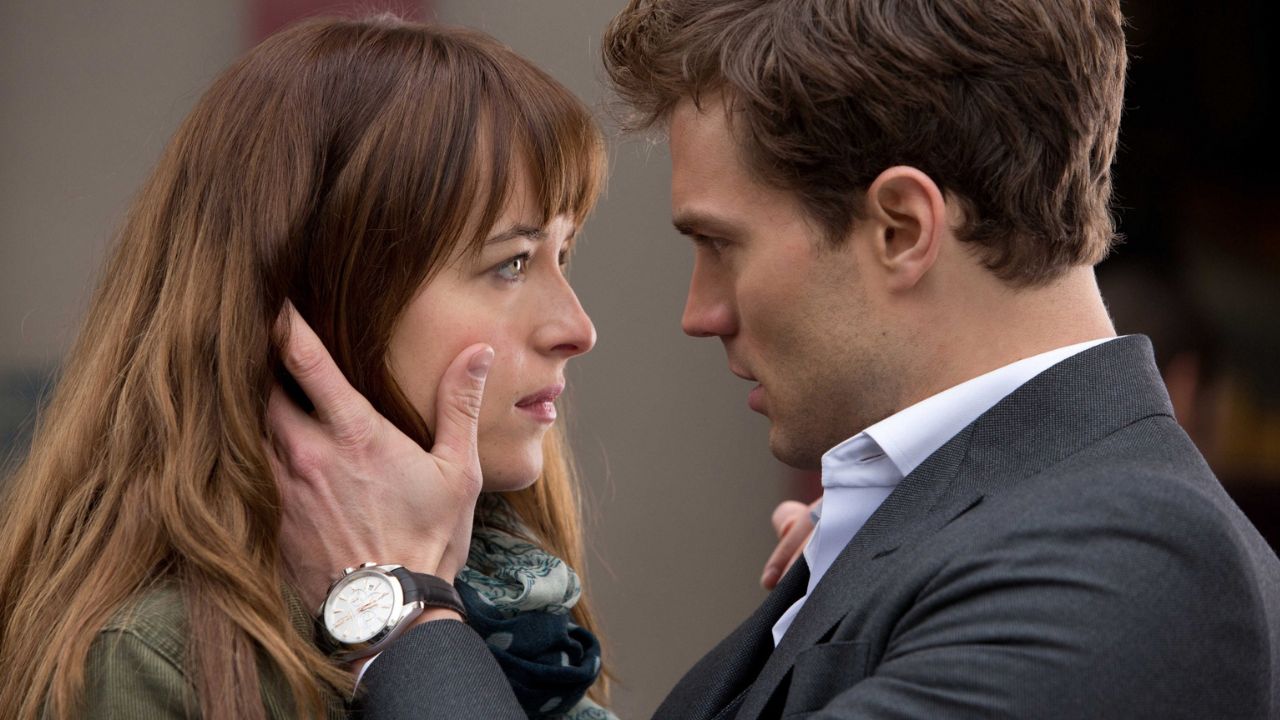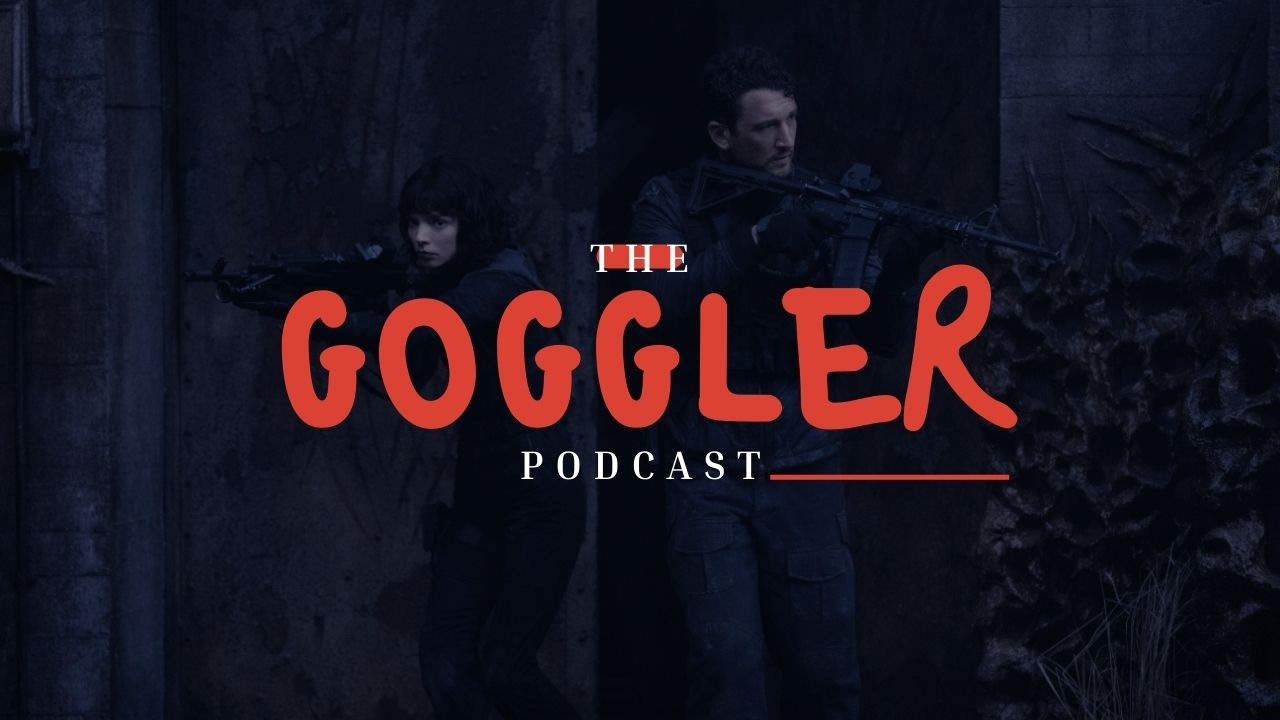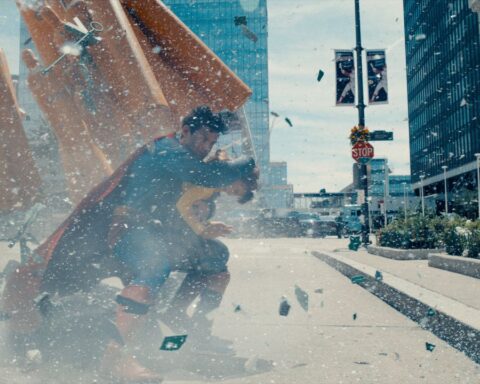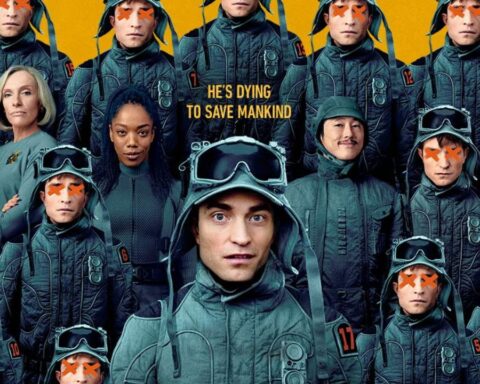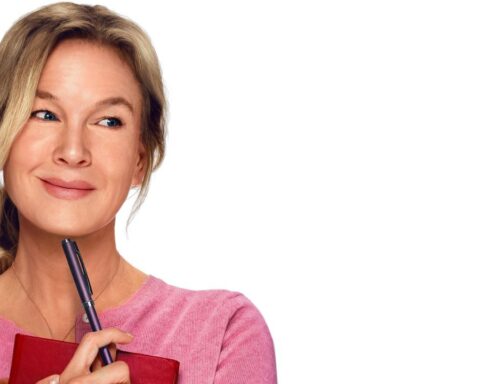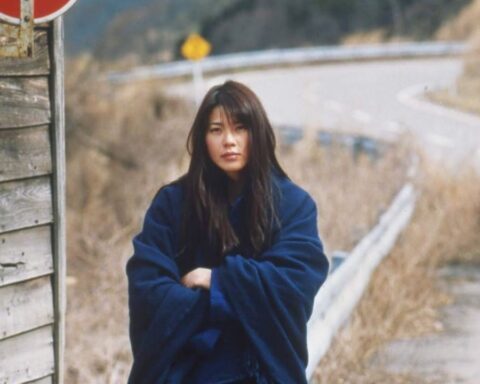Picture this. It’s 2015. You’re at the theatres to see The Hunger Games: Mockingjay Part 1, when you notice crowds of women (and men, though in fewer quantities) at the cinema, going to watch a film that leads with a steamy poster and the tagline “Mr. Grey will see you now.” You go home and look it up. You discover that it’s a box office hit.
You then realize that this is the film you’ve heard about all month. It’s been panned before it was released — be it from people complaining about the film’s content or actual critics who say the movie was awful. You realize that it didn’t stop anyone from watching it.
(Of course, in this hypothetical situation, you’re probably not in Malaysia, as it was banned for theatrical release then. Obviously.)
Fifty Shades of Grey continued to find success. For all the boycotts and bans of the film, you’d think there would be some effort to quell any successors to the erotic film. But a decade later, all it seemed to do — other than create a lousy trilogy — was spawn a new branch of cinema that has gone from strength to strength. (Unsurprisingly. That’s just the way show business goes!)
Movies, TV shows, sequels, you name it. From mafia lovers to school rivalries, there’s now something that’s easily accessible for all the erotic romance lovers in the mainstream, whether or not they’re in English.
So now, we ask, how did we get here? Where are we now? And why is Twilight always at the scene of the crime?
When Things Weren’t Grey

Film is no stranger to exploring the transgressive. Since it’s dawn, it’s been a medium that has been chock full of things we avoid addressing on the daily; and that includes the erotic. In mainstream cinema, however, sexuality and steaminess is usually attached to the erotic thriller. Films like Eyes Wide Shut (1999) or Basic Instinct (1992), where characters’ sexual relationships are usually fraught with mystery over something else.
The romance genre itself was typically more cookie-cutter or comedic, with fade-to-black sex scenes at the most. Even the most R-rated rom-coms didn’t focus too much on the steamy parts of the main character’s relationships.
The closest thing to Fifty Shades of Grey — where the crux of the plot was solely related to the romantic attraction and relationship between two main characters — was the 2002 film Secretary. It had no pretenses about what it was about, exploring the steamy BDSM relationship that develops between Lee Holloway and her boss, Mr Grey. (It’s also a better BDSM movie than Fifty Shades.)
The Many Shades of Tepid Reactions
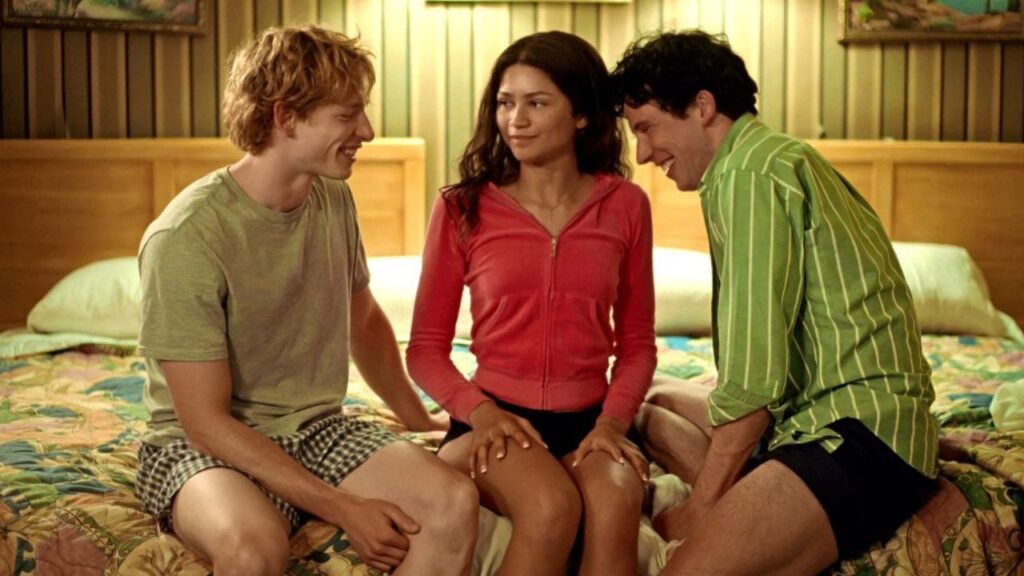
For all the trilogy turned out to be, the first Fifty Shades wasn’t too awful. The same can’t be said about the sequels, but there was some effort put into it to make it digestible… especially given the quality of the source material. The soundtrack and set design being particular standouts.
As Joe Morgenstern puts it in their review of the film, there’s a certain “pop transgressiveness” to it that delivers. It’s not all that scandalous, but it pushes the envelope just enough to get the general public interested. (There’s even an hourlong YouTube video essay by Folding Ideas that explains it in detail if you’re looking to learn more about the topic than anyone probably should.)
It was good enough to be a box office success, especially considering its rating. But the books had built up strong fanbase and it turned studio executives on to the fact that there was definitely a market for media like Fifty Shades in the mainstream.
Mr. Streamer Will See You Now
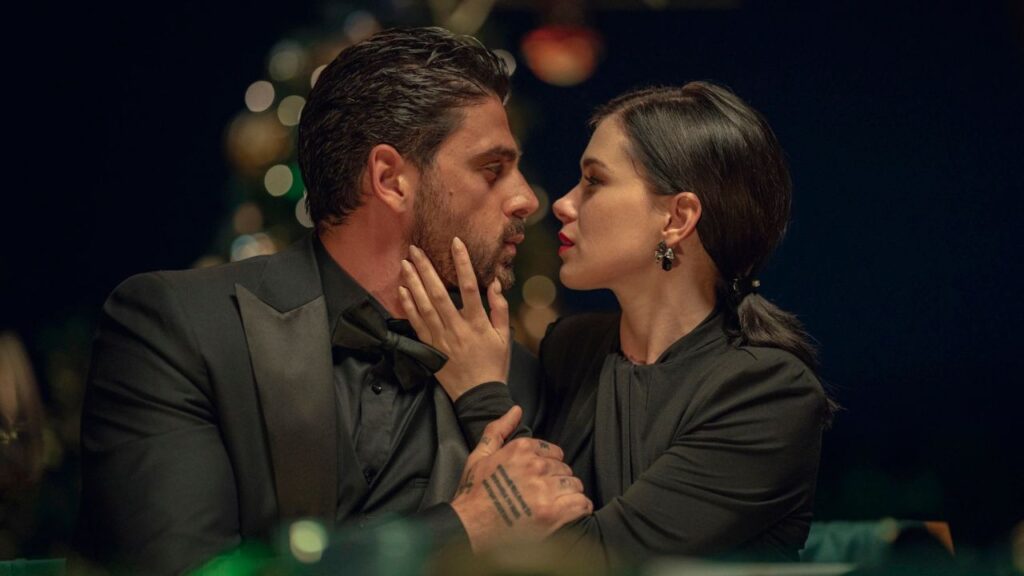
And so, from the womb of Anastasia and Christian’s lukewarm, contentious BDSM dalliances comes the slew of erotic and — more often than not — toxic romance films and TV shows that were released in the past decade.
The most popular example of this, and perhaps the worst of them all, is After (2019), which pushes the toxic relationship part of the appeal all the way to eleven. Critics universally pan it, and yet it developed a loyal fanbase and performed financially, which meant that we all had to suffer through more of it. After somehow spawned four (four!) sequels, with the promise of more coming soon,
A better, though less steamy, Harry Styles-inspired film is The Idea of You (2024), which became Prime Video’s most popular film worldwide in 2024.
365 Days (2020) is the most infamous of these sorts of movies, with probably the most explicit scenes. This movie too continued to terrorize us with two sequels. It’s what you thought Fifty Shades would be if you believed the hearsay and uproar, which is also to say that it’s hilariously bad.
There are also the non-English titles that have spawned loyal online fanbases, like The Tearsmith (2024), Through My Window (2022), and Maxton Hall (2024-).
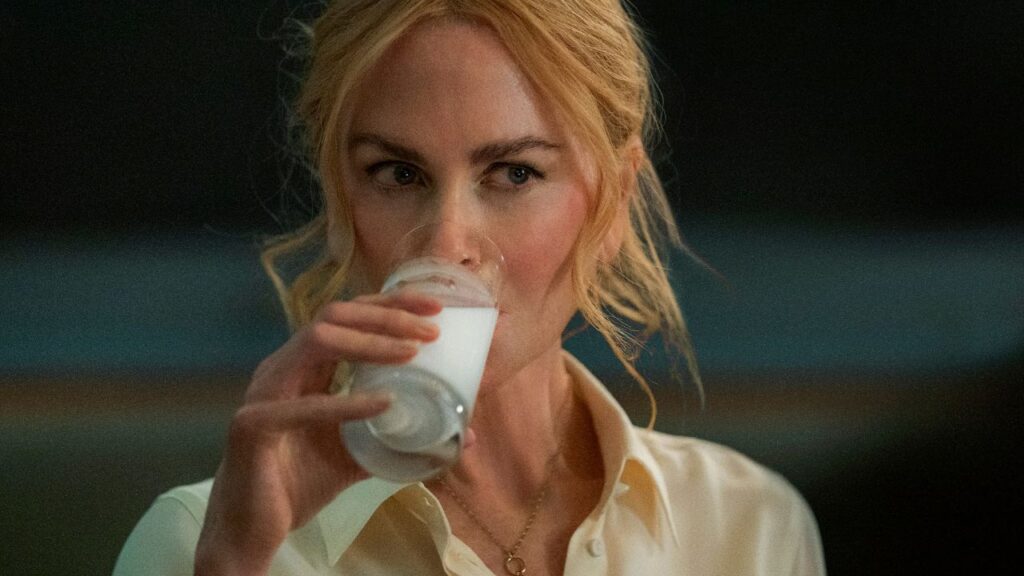
The rise of streamers contribute significantly to how popular this lovechild of a genre has become. Without streamers, it’s likely that these titles may have never gotten so popular, or even be released internationally.
It’s also probably why most of these are only available streaming services. Why go out and admit you’re watching something scandalous when you can enjoy it all in the comfort of your own home? It almost protects them too from the vitriol of critics because the algorithm ensures that these films are only found by those who seek it out.
There’s even an argument that the success of Fifty Shades actually paved the way for some pretty decent movies. Take the 2017 psychological horror film Gerald’s Game. It had a lot of eroticism to it, and it may not have been greenlit had Fifty Shades not opened up the conversation around BDSM in the mainstream.
The recently released Babygirl (2025) focuses on the controversial topic of kinks and non-typical relationships. Challengers (2024) has to be the best example of using desire to create a compelling story. (Though even that film came with its own controversy because it didn’t mould to the norm and expectations of white, heterosexual, monogamous couples — admittedly, a different topic but still relevant.)
Fifty Shades may not have the best reputation, but its success reverberates beyond the questionable quality streaming cinema.
It All Comes Back to Twilight
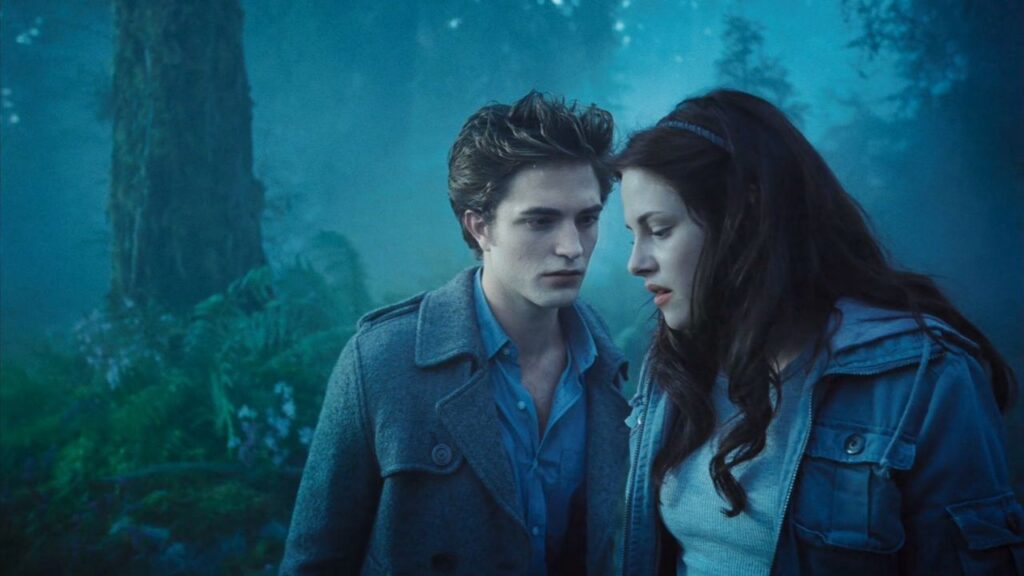
All of that is to say, unfortunately, we really wouldn’t be here without the behemoth that was Twilight (which, funnily enough, is turning 20 years old this year). It’s common knowledge that Fifty Shades of Grey started as Twilight fanfiction before its popularity turned it into a bestselling novel. The domino effect of the sparkly vampire is undeniable.
The crux of it all is shared across the board. It explains why all these films find some success, no matter the quality. It’s the curiosity about something we don’t usually talk about; in this case, the repression of sexuality and even romance, finding excitement where things may be too mundane, indulging in the fantasy of steamy connections, and dangerous liaisons.
(Read Sue Ann’s Chick-Film-A column about Babygirl for a deeper exploration into the topic, where she asks why we’re so ashamed, yet undeniably interested, in these things we see on screen.)
People, women especially, enjoy being able to experience these things vicariously through this media. Some films and TV shows that have come from this fresh wave of romance and eroticism are less than desirable in terms of quality or even watchability. And yet, they’re still being produced. They’re still being watched. They still find fans across the globe.
The genre will continue to grow in the upcoming decade, and all we can hope for is that they’re more like Challengers and less like 365 Days.
